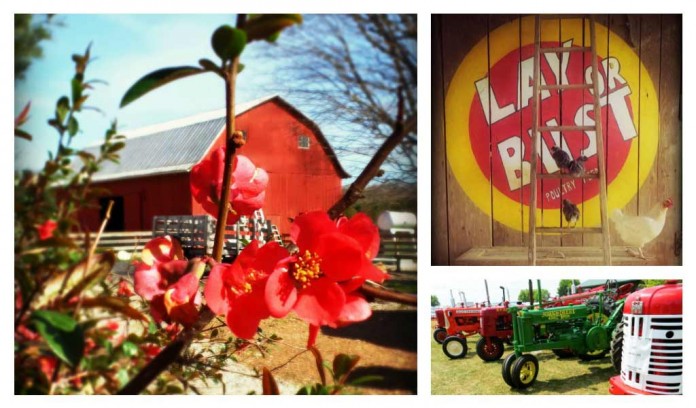It’s easy to talk farming with fellow farmers. Although farm enterprises vary widely, from crops to cattle, farmers share a basic understanding of the industry and what it takes to do the daily work.
It’s not as easy to talk farming with non-farmers. Non-farmers may not follow Ag industry news and trends. They may have misconceptions about modern farming techniques, or stereotype who a farmer is and what he or she does.
The importance of effective communication
Effective communication between farmers and non-farmers is important for 3 reasons:
First, non-farmers are our customers, suppliers, distributors, lenders, lawmakers, agents, contractors and other people on which our success depends.
Second, informative and meaningful conversations between non-farmers and farmers put a positive face with farming and farm products.
Third, talking about farming with non-farmers gives us an opportunity to have our voices heard, and advocate the agricultural issues we care about.
Start a conversation
Whether you are selling farm products to customers at market, sharing agricultural concerns with lawmakers or pitching your farm business to a lender, a description of what, why, how and where you farm gets the conversation off to a great start.
State the farm products or services you produce.
- Examples of products: row crops, specialty crops and commodity crops. Raw agricultural and value-added products. Livestock for meat, dairy or exhibiting.
- Examples of services: custom baling, meat processing, inspection services, farm management and accounting, artificial insemination and breeding services.
Explain why the products or services are relevant to the non-farmer.
- Farm products feed and clothe families. They fuel cars and homes.
- Share sustainable farming methods and conservation practices you use on the farm.
- Animal welfare is important to farmers and non-farmers alike.
- Farm service providers work behind the scenes to support the industry.
Share how the products or services get to end users.
- Does your produce go from farm to table or farm to institution?
- Can customers find your products at the farmers’ market or retail store?
- Do you contract with a company to provide poultry, milk or pork?
- Some service providers travel to farms; others have a storefront.
Tell where your farm is located.
- As the local foods movement gains momentum, people are very interested in where their food comes from.
- Share your whereabouts and invite agritourism if applicable.
- Encourage people to check out your farm’s website and follow your farm on social media.
- Offer a business card.













Great article! Featured in our May Farm to Table round-up: http://www.sustainablechick.com/sustainable-chick-news-516-whats-new-farm-table/
Thank you for sharing!